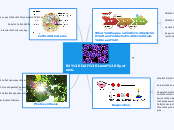av deborah o'donnell för 12 årar sedan
312
sustainability web
Coastal fog plays a crucial role in the ecosystem of old-growth coast redwood forests. It helps decrease temperatures, increase humidity, and reduce solar radiation, which prevents denitrification.









